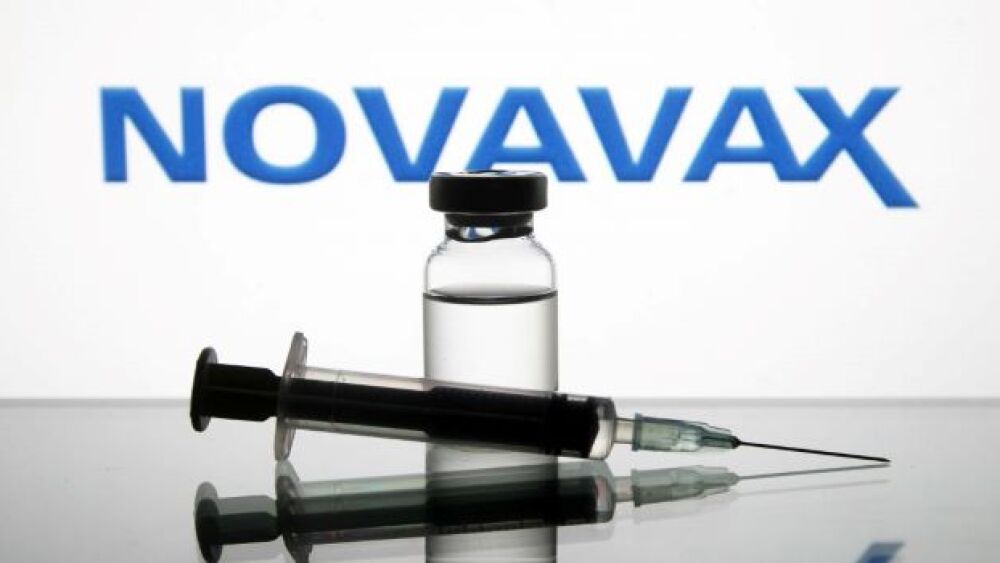In the Phase III SURMOUNT-2 study, Mounjaro reduced body weight by 29.8 lbs. on average in adult type 2 diabetes patients who were overweight or obese.
Pictured: Eli Lilly building/courtesy of iStock, Michael Vi
A data drop Thursday showed Eli Lilly’s Mounjaro (tirzepatide) met its co-primary and all secondary weight-loss endpoints in the Phase III SURMOUNT-2 study in adults with Type 2 diabetes (T2D) and obesity or overweight.
Participants taking the 10-mg dose of Mounjaro saw a 13.4% average reduction in body weight, corresponding to 29.8 lbs. Meanwhile, the 15-mg dose induced an average weight loss of 15.7% or 34.4 lbs. In comparison, people in the placebo arm saw their weight by 3.3% or 7 lbs.
A higher percentage of participants on Lilly’s Mounjaro achieved a 5% reduction in weight: 81.6% and 86.4% in the 10-mg and 15-mg dose groups, respectively, as opposed to 30.5% among placebo comparators.
“The degree of mean weight reduction seen in SURMOUNT-2 has not been previously achieved in Phase III trials for obesity or overweight and type 2 diabetes,” Jeff Emmick, senior vice president, product development, Lilly, said in a statement.
SURMOUNT-2 was a randomized, double-blinded and placebo-controlled study that enrolled 938 overweight or obese people with type 2 diabetes across sites in the U.S., Brazil, Japan, Taiwan and India, among other countries. Mounjaro was given at 10-mg and 15-mg doses in addition to lifestyle interventions, including a lower-calorie diet and physical exercise.
Beyond its co-primary endpoints of mean weight loss and proportion of individuals achieving at least 5% reduction in weight, SURMOUNT-2 also evaluated several secondary outcomes, including hemoglobin A1C and cardiometabolic parameters.
As for safety, Mounjaro induced side effects that were largely mild or moderate in severity. The most common adverse events included nausea, diarrhea and vomiting, all of which arose at higher rates than in the placebo group.
Ready to Challenge Novo Nordisk
Mounjaro and Novo Nordisk’s Wegovy (semaglutide) are poised to go head-to-head in the weight loss market.
In July 2022, results of the Phase III SUMROUNT-1 were published in the New England Journal of Medicine, showing that even at a dose level as low as 5 mg, Mounjaro can induce an average weight loss of 15%. This treatment effect climbed to 19.5% and 20.9% with 10-mg and 15-mg weekly doses, while placebo comparators saw a mean weight reduction of 3.1%.
These data won Mounjaro the FDA’s Fast Track designation in October 2022 for the treatment of adults with obesity or overweight and related comorbidities.
Last week, Lilly quietly posted a Phase IIIb study designed to pit Mounjaro against Wegovy in obese or overweight participants without type 2 diabetes. Mounjaro previously bested Wegovy in a Phase I mechanism-of-action study.
During Lilly’s Q1 2023 earnings call Thursday, Daniel Skovronsky, chief scientific and medical officer, said that, together with SURMOUNT-1 data, the company will complete its rolling submission to the FDA, seeking approval of Mounjaro for adults with overweight or obesity with weight-related comorbidities, in the coming weeks.
Tristan Manalac is an independent science writer based in metro Manila, Philippines. He can be reached at tristan@tristanmanalac.com or tristan.manalac@biospace.com






